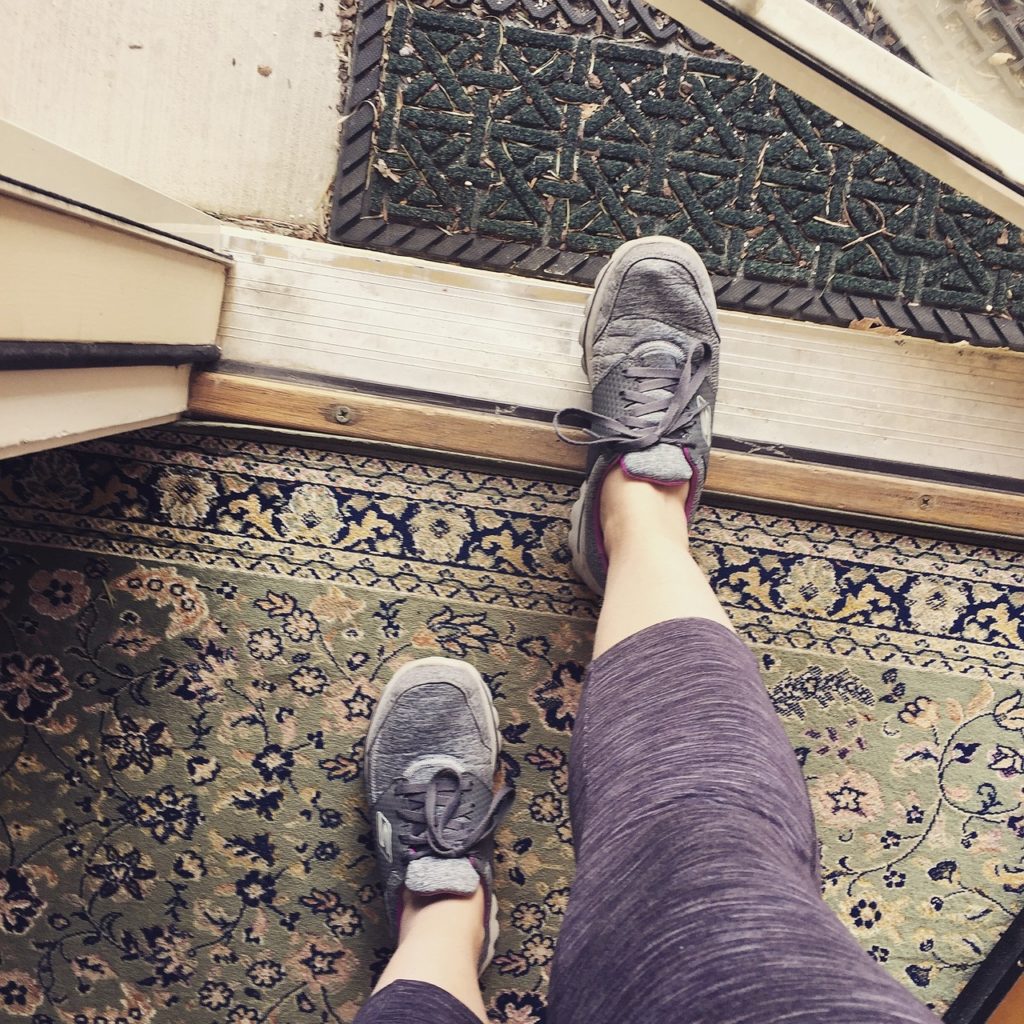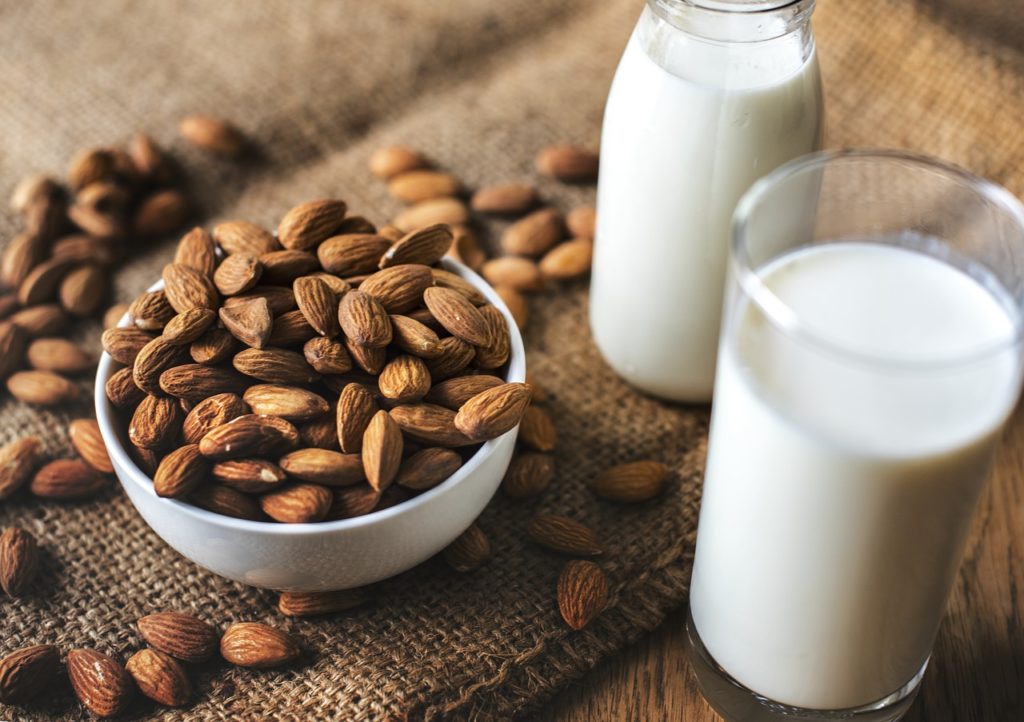
You already know that first cup of coffee is like a little burst of sunshine to start your day. As it turns out, a cup of coffee with a splash of cream and sugar, not only brightens your morning, it could give you more mornings to enjoy.
How Your Morning Cup of Coffee Could Prolong Your Life
We’ve seen lots of studies in recent years that indicate how beneficial a cup of unsweetened coffee is to your health. But a new study revealed that those health benefits persist even when a dash of sugar is added. The British study of more than 171,000 participants found that those who drank 1.5 to 3.5 cups of sweetened coffee per day were still 29% to 31% less likely to die in the next seven years than those who did not drink coffee.
Hold Off on Ordering That Triple Mocha
Noticed that we said cups of coffee with a dash of sugar. Most participants in the study had only a moderate amount of sugar in their cup. Experts recommend no more than one teaspoon of sugar per cup. So while those specialty coffees are delicious…they’re not exactly a cup of health.
Researchers from the study say the “sweet spot” in the number of cups to drink per day is between 2.5 and 3.5 cups. Anything over four cups increases your risk of early death.
In addition to increasing the lifespan of healthy adults, the study found that coffee lowered the early death risk associated with specific illnesses such as cancer and heart disease.
Why Coffee Has Health Benefits
Coffee is filled with thousands of compounds, most of which have not been studied. We know it contains nutrients like B vitamins, potassium, riboflavin, and various anti-inflammatory compounds that reduce our risk of cancer. Additionally, coffee contains chlorogenic acids, which have an anti-clotting effect on blood thus lowering the risk of blood clots.
Coffee also improves our mental sharpness and alertness, which helps us be more aware and make fewer mistakes. As you can see, coffee is beneficial for our bodies and our minds!
Your morning cup isn’t the only way to prolong your life and lower your health risks. An annual health check-up with your primary care provider can also save your life with early detection of life-threatening diseases through routine screenings. Click here to schedule an appointment with your Mantachie Rural Health Care provider.













